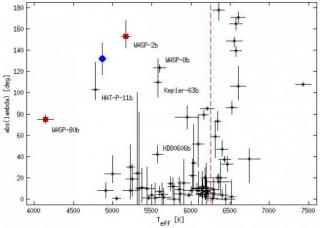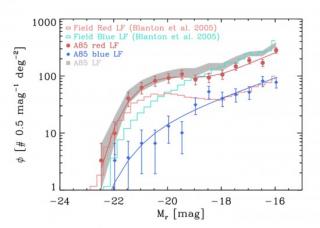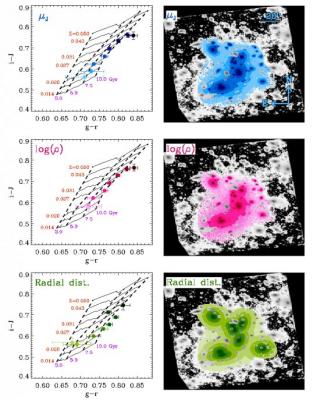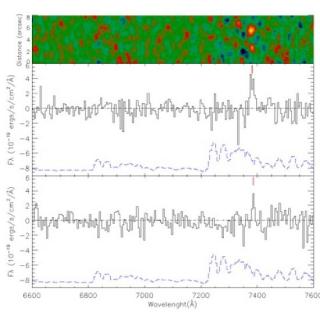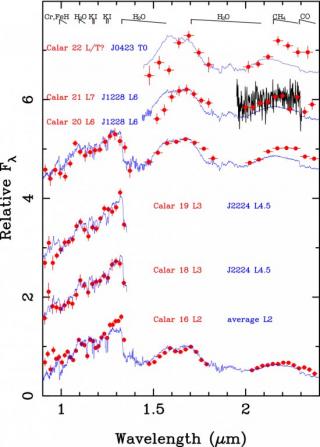
We report on the near-infrared low-resolution spectroscopy and red optical (Z-band) photometry of seven proper-motion, very low-mass substellar member candidates of the Pleiades cluster with magnitudes in the interval J=17.5-20.8 and K=16.1-18.5 mag. Spectra were acquired for six objects with the LIRIS and NIRSPEC instruments mounted on the 4.2-m WHT and the 10-m Keck II telescopes. Z-band images of two of the faintest candidates were collected with ACAM/WHT. The new data confirm the low temperatures of all seven Pleiades candidates. From the imaging observations, we find extremely red Z-J
Advertised on
